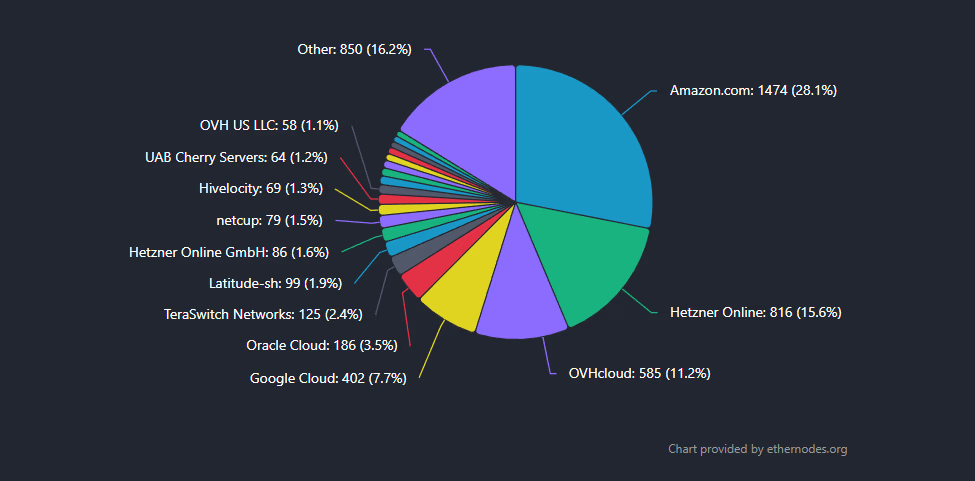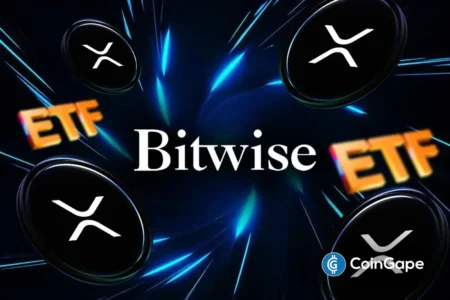Moving Towards Decentralization: The Launch of the Decentralized Infrastructure Network
In October 2025, a significant disruption in Amazon Web Services’ (AWS) US-EAST-1 region highlighted the vulnerability of web3 infrastructure. This outage, triggered by an internal DNS and automation bug, caused extensive downtime across numerous online services, firmly raising questions about the centralization of infrastructure in the cryptocurrency space. Major crypto platforms, including Coinbase, ConsenSys’ Infura, and Robinhood, were severely affected, underscoring the heavy reliance on centralized cloud providers. This incident has renewed discussions about the need for a more decentralized approach in web3 infrastructure.
The Push for Decentralized Infrastructure
In response to the October disruption, ConsenSys and EigenLayer have collaborated to officially launch the Decentralized Infrastructure Network (DIN) as an Autonomous Verifiable Service (AVS) on EigenLayer. This represents a monumental step towards addressing one of web3’s most critical challenges: the centralization of internet infrastructure. The DIN enables the permissionless onboarding of Remote Procedure Call (RPC) node providers and other network participants, paving the way for a collective effort to build a more resilient infrastructure. With a shift toward decentralized economic systems, the dependency on centralized cloud services is set to diminish.
Addressing Web3’s Centralization Dilemma
Despite the ethos of decentralization that web3 promotes, a substantial portion of the application layer still relies on a limited number of cloud providers. APIs and backends for decentralized applications often depend on major entities like AWS and Google Cloud. The recent AWS setback exposed an alarming truth: when a central service fails, it impacts a vast network of users and applications, even though blockchain settlement might continue uninterrupted. The launch of the AVS by ConsenSys aims to mitigate this centralization issue, allowing Ethereum restakers and RPC node providers to collaboratively secure crucial RPC infrastructure.
A Decentralized Alternative
Unlike traditional cloud networks, the AVS introduced by ConsenSys offers a decentralized infrastructure layer that employs Ethereum restaking via EigenLayer. It is designed to ensure services related to RPC, data availability, oracles, and sequencing through decentralized economic incentives rather than relying on centralized servers. This helps in distributing power and risk across numerous nodes, creating a more resilient environment for Ethereum and other blockchain networks.
The Current State of Blockchain Infrastructure
Data from blockchain analytics suggest that centralized providers still host a significant number of Ethereum’s execution nodes. For instance, AWS alone hosts 28% of these nodes, making it a focal point of dependence for Ethereum’s infrastructure. The findings from Messari also indicate that other Proof of Stake (PoS) chains share similar challenges, with 55%–80% of validator infrastructure linked to a small subset of cloud providers. This continuing reliance raises concerns about centralization negatively impacting the ecosystem’s ethos, which emphasizes distributed consensus and state.
Looking Ahead: The Future of Infrastructure in Web3
With the rollout of the AVS on EigenLayer, there is renewed hope that decentralized solutions can reshape the infrastructure landscape of web3. Vitalik Buterin, co-founder of Ethereum, has also expressed concern over applications that require centralized logins while claiming to be decentralized. The AVS could potentially eradicate such discrepancies, fostering a more genuine decentralized ecosystem. As blockchain technology continues to evolve, addressing its reliance on centralized infrastructure will be crucial for realizing the full potential of web3.
Navigating the complexities of decentralization and cloud dependence is vital for the future of blockchain technology. To stay informed on developments in the crypto space, it’s essential to follow reliable sources and conduct thorough research before investing.
















